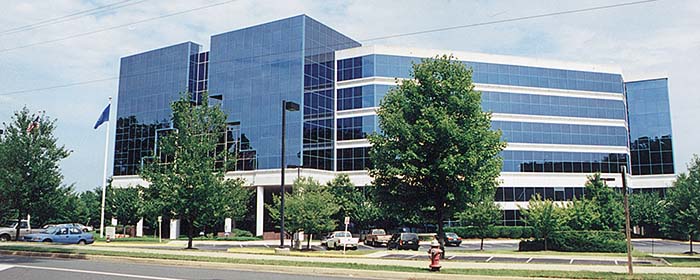By: Robert Hausman Photos by: Dan Shea
The long awaited new National Rifle Association National Firearms Museum is now completed and open for viewing by the public. Construction began in December 1997 and was completed in late May 1998.
Covering approximately 15,000-square-feet, the museum displays historically significant firearms from 1350 to the present. The 85 exhibits are housed in 13 galleries containing photographs, graphic art and period objects, along with the firearm collections. This new museum is four times the size of the old museum housed within NRA’s former headquarters in Washington, D.C. that closed in late 1993. Construction costs totaled about $2.5 million for the new museum. An endowment of $10 million is being established to fund the museum’s operation in perpetuity.
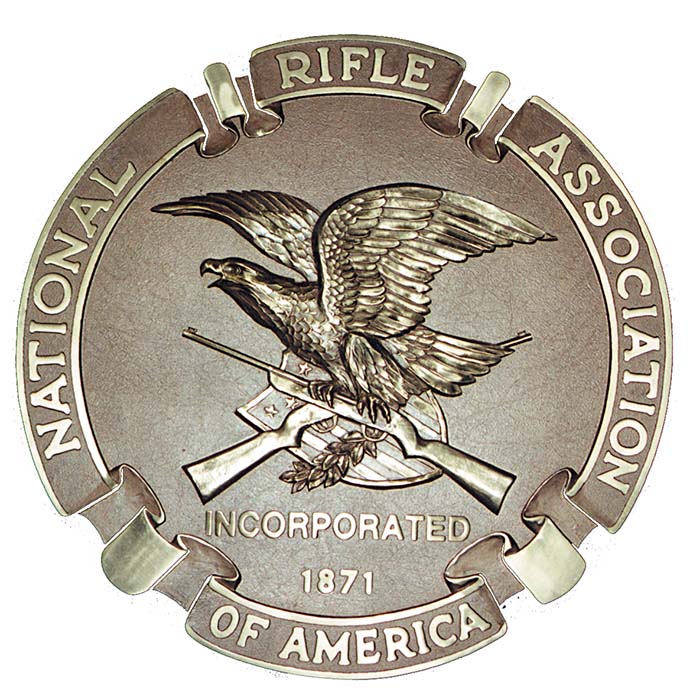
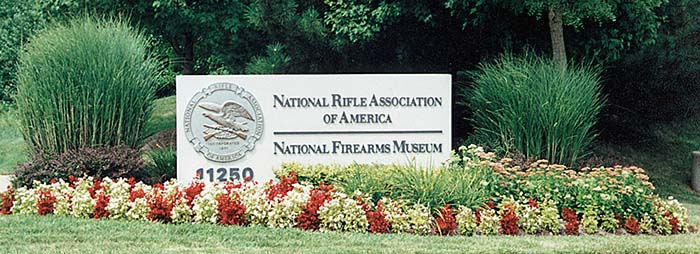
Displaying more firearms than the museums of the Smithsonian Institution, the collection encompasses a diverse assortment of civilian and military firearms, accouterments, ammunition and accessories. More than 2,000 guns are on permanent exhibit from the museum’s total collection of 3,500. Nearly all were donated.
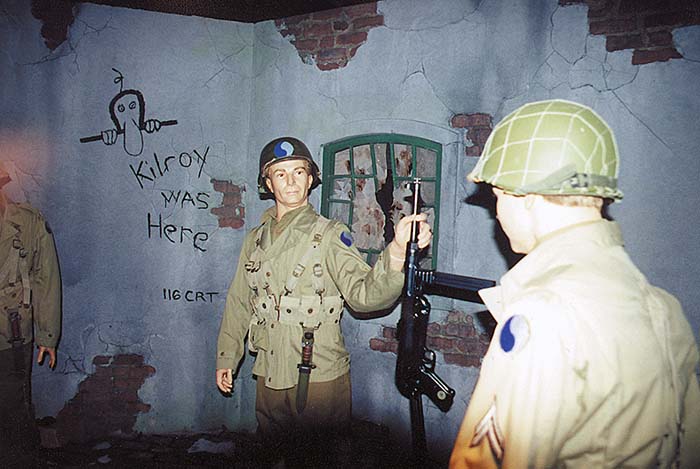
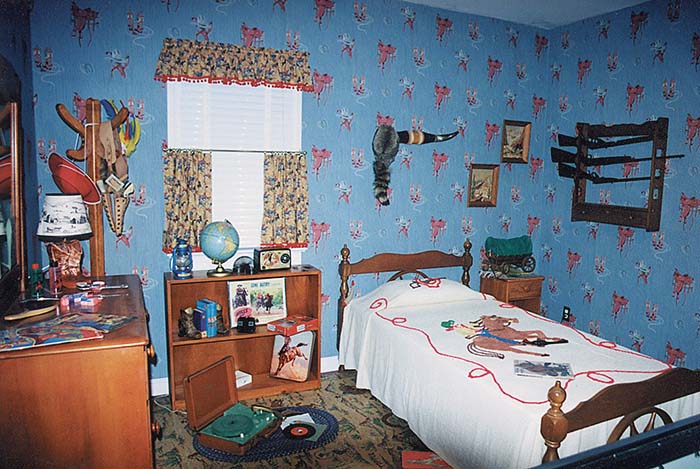
During the ribbon cutting ceremony held last May, then NRA president Marion P. Hammer said the museum, “Is more than a window to America’s history-it is a crucial link to our nation’s future, and to the survival of Second Amendment freedom in the hearts and minds of future generations. This museum will stand as a permanent repository of American history and liberty-a tangible tribute to the U.S. Constitution and the Bill of Rights.”
The museum’s overall theme is the display of firearms to give a tribute to America’s history, and heritage in a series of exhibits forming a chain stretching back to this country’s founders. The firearms are actually representative of the deeds of courage, sacrifice and valor of various endeavors Americans have engaged in.
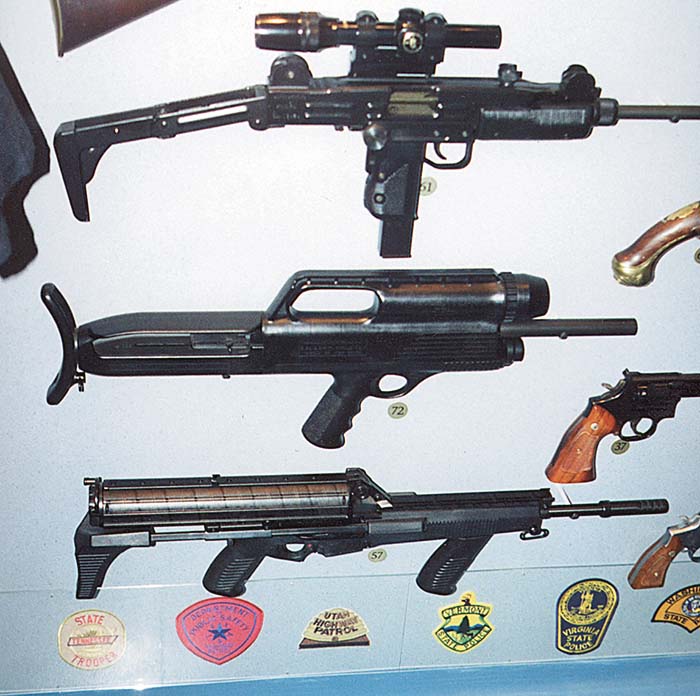
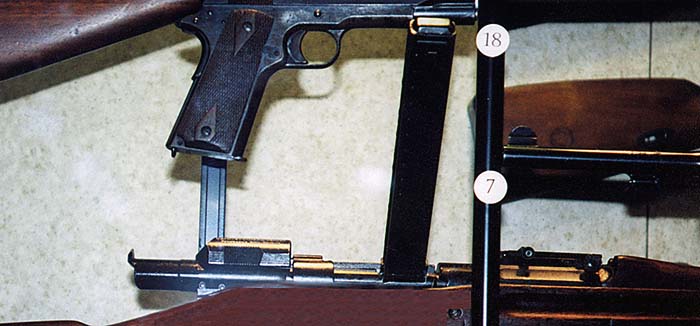
Displays features firearms from the Old World, the American colonies, the French and Indian War, the American Revolution, the Lewis & Clark Expedition, the Mexican and Civil Wars, the American West, the Gold Rush, World Wars I and II, Korea, Vietnam, Desert Storm and other significant periods and events.
The wheelock musket brought to America on the Mayflower by Pilgrim John Alden is on display, as are guns of other notables such as Emperor Napoleon Bonaparte’s shotgun, sharpshooter Annie Oakley’s rifles, General Douglas MacArthur’s pocket pistol, mystery writer Erle Stanley Gardner’s guns, exhibition shooter Ed McGivern’s revolvers, and the arms of presidents Theodore Roosevelt, Grover Cleveland, Dwight Eisenhower, Lyndon Johnson, Ronald Reagan, and George Bush.
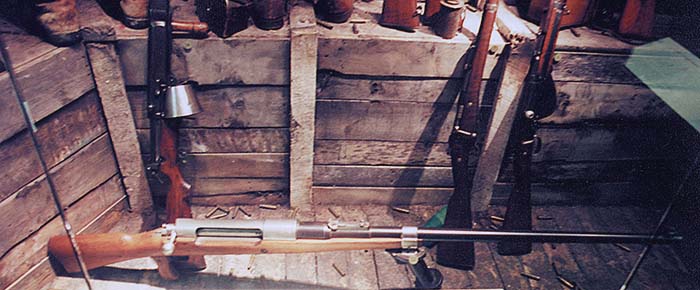
Other exhibits highlight the gunmaker’s artistry with richly engraved and inlaid firearms. Air guns are also featured, as are the handcrafted pistols, rifles and shotguns used by Olympic competitors. Many of the guns are displayed against large scale dioramas representing such subjects as a colonial fort, the muddy trenches of World War I, and general infantrymen searching a demolished World War II enemy stronghold. Replicas of a Civil War arms factory, as well as the St. Louis, Missouri, rifle shop of Jacob and Samuel Hawken, creators of the famous Hawken rifle used by mountain men of the 19th century may be seen. U.S. President Theodore Roosevelt’s Sagamore Hill combination library/gun room has been recreated. As the visitor enters, what appears to be a wall-length bookcase in the room will disappear to reveal a collection of high grade sporting arms displayed inside.
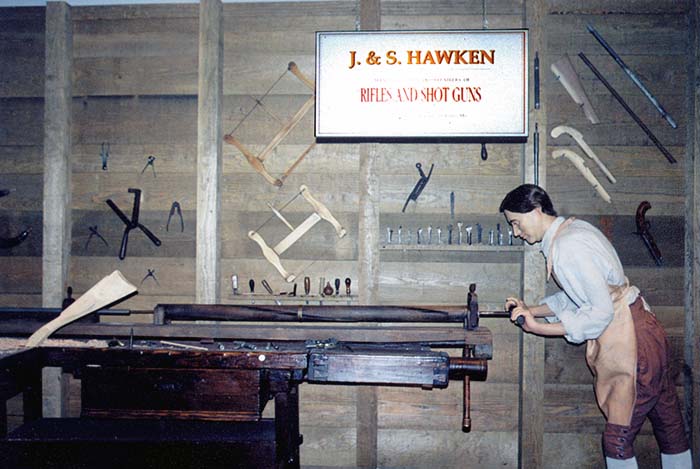

The circa 1903 Coney Island shooting gallery contains a restored boardwalk shooting gallery with fully-functional moving targets and sound effects (no shooting is permitted within the museum however). Originally steam-powered, the gallery was converted to electricity in 1918. When the visitor walks up to take a closer look at the three dozen Winchester 1890 gallery guns on the counter, a motion detector is triggered which sets the gallery into motion to a background of calliope music.
Information on all of the firearms on display is contained within fourteen interactive computer terminals located throughout the museum. To use, one enters the display case and gun numbers on a terminal keyboard, and detailed information about the specific firearms requested appears on a monitor.

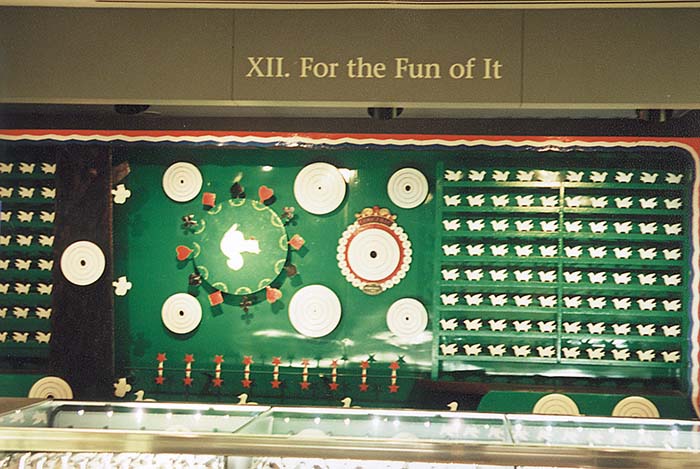
On the second floor of the museum is a comprehensive firearms research library containing technical catalogs, journals, and other research materials. The library is open to the general public by appointment only. Call (703) 267-1600 for scheduling arrangements. The second floor also contains a firearm conservation laboratory where various preservation techniques are applied to the guns in the collection. Other facilities within the museum are a gift shop, and a multi-media orientation room. A changing exhibit gallery, funded by a $1 million personal gift from William B. Ruger, founder of Sturm, Ruger & Co., Inc., features significant firearms on loan from other prestigious institutions and private collections. Every six to nine months a new collection will be highlighted within this gallery.
“I feel the National Firearms Museum will tie together the history, craftsmanship, engineering, and design of firearms as an integral part of the heritage of this country,” Ruger said when making the gift.
Specific Exhibits
In light of the need to interest more youth in the shooting sports, the “For the Fun of It” gallery contains four exhibits of particular interest to youth. “A Child’s Room-Circa 1952” is a recreation of a typical boys’ bedroom of the period replete with toy guns displayed around the room and rolls of paper caps scattered on the dresser top, Boys’ Life magazine and comic books illustrated with the adventures of western heroes are on display along with typical memorabilia associated with the period including 50-year old wallpaper and a linoleum floor with a “Hopalong Cassidy” motif.

Another exhibit, “A Youthful Acclamation” displays popular modern youth guns, recognized as part of the traditional rites of passage for many shooters. The restored Coney Island “Shooting Gallery” is up next, while the final exhibit in the youth gallery focuses on “Gas, Air & Spring Guns.”
Virtually every American boy has had an airgun at one time or another, since the advent of Daisy brand and other popularly priced products came onto the market during the first half of this century. Specimens within this exhibit also trace the development of the airgun from its military origins in Europe in the 16th century.
Among the more notable firearms on exhibit (in addition to the aforementioned wheelock once belonging to John Alden) is a Revolutionary War “Committee of Safety Musket.” Prior to the war, the colonists formed “Committees of Safety” throughout New England to train and arm forces capable of responding to an armed threat from the British within minutes of being called. On April 19, 1775, at Lexington Green in Massachusetts, these “Minutemen” used this musket and others like it to fight the first battle for independence.
There is also an air rifle on display thought to have been used by Lewis & Clark on their 1803 expedition. One of the largest exhibits details the development of the Mauser bolt-action rifle. The story of the role of firearms in the “Gold Rush” era is told through a re-creation of an assayer’s office and dry goods store with the firearms of Sam Colt and Ethan Allen.
An activist in the slavery abolition movement of the 1850’s, William Ward Beecher, a New England minister, shipped crates of Sharps Model 1853 slant-breech carbines marked “Beecher’s Bibles” to the anti-slavery forces headed by John Brown in Kansas. In 1859, Brown used these carbines to seize the U.S. Armory in Harper’s Ferry, Virginia, before being beaten back by federal forces. The museum’s carbine is known to have been amongst those shipped to Brown.
The origins of the National Rifle Association itself arose from events occurring during the American Civil War. After the war, Union military officers contemplated how close the Confederacy had come to winning the conflict. They concluded the war had ended favorably for the north due to the North’s sheer numbers of men and superior resources.
Of the 650,000 casualties suffered by both sides, the South had smaller losses. Close to 65% of the men who were killed had worn Union blue. The officers further realized that as the population of the country became more urban, the tendency of citizens to use firearms lessened. Additionally, soldiers at the time were not formally trained in marksmanship and no ammunition was allocated for practice. To resolve these problems, the officers envisioned the creation of a national organization that would encourage firearm proficiency. Thus, the National Rifle Association was formed in 1873.
The museum’s floor plan is laid out to chronicle the history of firearms detailing the European development of gunpowder and the earliest matchlock and wheelock firearms are at the entrance. The role guns played in the development and exploration of the New World colonies is viewed next and the exhibits move on in time to the roles firearms have played in the most modern times at the museum’s exit.
Located about 30 minutes from Washington, D.C., the museum is open daily from 10 a.m. to 4 p.m. but closed on major holidays. It is situated on the first floor of the NRA headquarters building at 11250 Waples Mill Road, Fairfax, VA 22030. Telephone (703) 267- 1600. Admission is free.
Portions of the museum’s collection can be viewed on the Internet at: http://www.nra.org/museum1.html.
As always, SAR urges visitors to the museum to “Take a kid and drop a twenty in the donation jar” in the interest of passing on the torch of knowledge, and helping to fuel that torch. In this case, the “Donation jar” is an 8 inch Naval shell that is sort of out of the way, but worth looking for.
| This article first appeared in Small Arms Review V2N2 (November 1998) |



